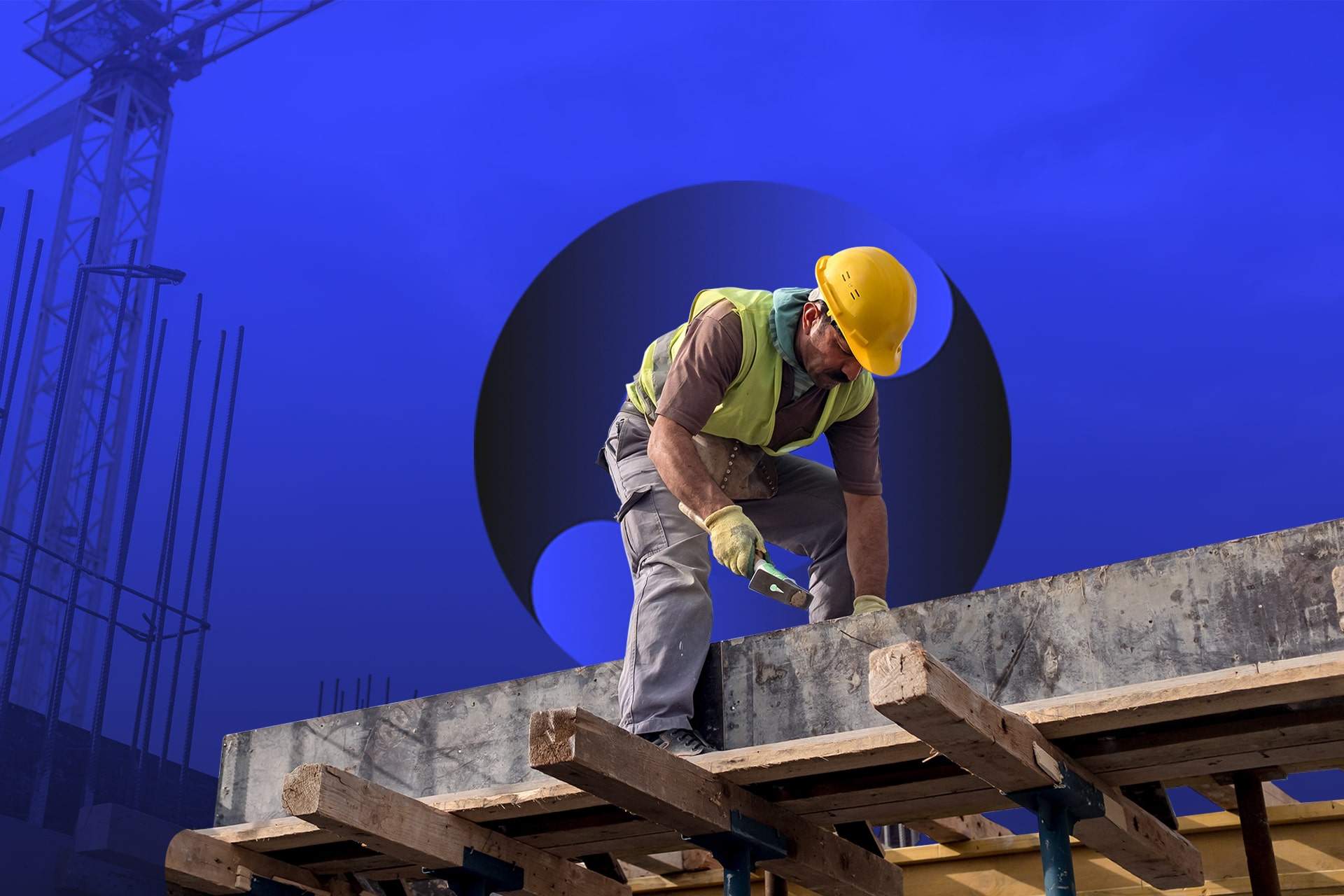



Revolutionized is reader-supported. When you buy through links on our site, we may earn an affiliate commision. Learn more here.
There are many studies about how to reduce our carbon footprint in all aspects of life. One that experts debate most often is how to minimize the environmental impact of home and business construction projects. Some advocates argue for structures that blend into the landscape, such as homes built into hillsides, making the most of the natural landscape. Others argue for metal buildings made from recycled products.
But not all areas suit those options. A house utilizing the landscape for design and function doesn’t work in a large metropolitan area with housing shortages. Similarly, metal houses stand out in rural or urban landscapes.
One of the newest trends in construction is “tiny” houses with a small environmental impact. Some feature recycled shipping crates, while others are fit on trailers and remain mobile.
Even though metal buildings use natural resources to fabricate some components, when it comes to scoring points for reducing the carbon footprint, metal buildings score twice.
First, because people can make them from recycled metal, and second, because the recycling can occur again at the end of their lifespan. When planning a project that concerns pre-fab metal buildings, it’s imperative to “measure twice, cut once.” That will avoid material left over at the end of your build.
Working with an architect or planner experienced in pre-fab metal building construction will eliminate some problems you could encounter, such as waste from excess materials. Water pollution — both the natural kind from storm runoff and the waste from building and construction sites — is a concern your planner can address with landscaping. A dry creek bed design for runoff will channel water in a direction to eliminate erosion.
Since construction is an ongoing concern for environmentalists, researchers at Oxford Brookes in the United Kingdom worked with the construction industry to publish a “green guide” that measures the impact specific materials have on the environment. The Green Guide to Specification originally changed 230,000 construction projects in the UK. By the time of its fourth printing in 2015, there were more than a million projects around the world waiting for certification.
People can address greenhouse gas issues, especially those related to carbon dioxide, in numerous ways. You can reduce emissions by limiting excessive use and idling of heavy equipment and cement trucks. Using sustainable materials, such as wood, in your construction, is another way. Another idea that works to reduce greenhouse gas emissions is with a cool or green roof. Green roofs are literally just that: roofs with landscaping plants on them — even entire gardens.
The theory of an integrated passive design when building houses or businesses is that it uses as many natural resources as possible without creating a negative impact. For example, the orientation of the building will take advantage of high summer and low winter sunlight angles to both light and heat the interior of the building. The side of the building facing the rising and setting sun, the size, the position and the placement of windows are all taken into consideration during construction.
When considering what environmental impact the construction of your house or building will have in the immediate future, you must also consider the long-term impact. The idea of solar energy was once too expensive for most homeowners to consider. However, that’s no longer the case. Solar energy can also be used for heating water and, in turn, heating your entire home. Wind energy can also be used to power your home — especially in areas that don’t get much sun in the winter. Whether you’re building a large home or a tiny dwelling, building a green home is something that will have a positive impact now and well into the future.
Revolutionized is reader-supported. When you buy through links on our site, we may earn an affiliate commision. Learn more here.


This site uses Akismet to reduce spam. Learn how your comment data is processed.